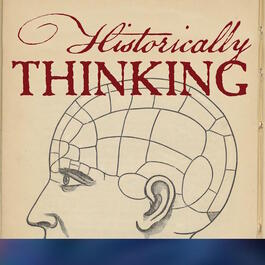
On June 24, 1894, President of France Sadi Carnot was stabbed by an anarchist; on September 10, 1898, Empress Elisabeth of Austria was stabbed by an anarchist; on July 29, 1900, King Umberto I of Italy was shot by an anarchist; on September 6, 1901, President of the United States William McKinley was shot by an anarchist. If you have ever wondered why people in the 1900s right up to the Great War, and beyond, all seem to have had anarchists on the brain, those are four of the reasons. But these attention-grabbing acts were far from the first anarchist attacks to capture the public imagination, and nowhere near the most violent or destructive, as my guest today makes clear. From the mid 19th century, the combination of technological and cultural developments in mass media and in weaponry made acts of violence resonate around the globe. “What follows,” writes James Crossland in the preface to his new book, “is the story of how…revolutionaries, thinkers, killers and spies learned a lesson as heinous as it has proved enduring, resonating with menace into our own troubled age – the means by which to bring terror to the world.” James Crossland is Professor of International History at Liverpool John Moores University, where he is co-director of the Centre for Modern and Contemporary History. His interests are in—among other things—terrorism, propaganda, the International Red Cross and the history of international humanitarian law. His third and most recent book is The Rise of the Devils: Fear and the Origins of Modern Terrorism, and it is the subject of our conversation today. For Further Investigation The Orsini Bomb The Paris Commune William McKinley: Death of the President Anarchist Incidents
From "Historically Thinking"


Comments
Add comment Feedback